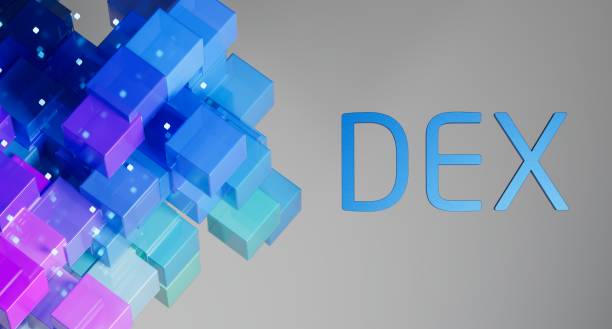Decentralized exchanges, or DEXes, have emerged as a popular alternative to centralized exchanges due to their transparent and secure nature. While centralized exchanges rely on a single authority to manage user accounts and trade executions, DEXes operate on a decentralized network of nodes, allowing for peer-to-peer transactions without the need for intermediaries. In addition, you can start your trading journey by investing in a reputable trading platform such as Immediate Granimator.

One of the notable DEXes in the cryptocurrency market is Biswap, which has gained significant traction among traders due to its user-friendly interface and low fees. Biswap operates on the Binance Smart Chain (BSC), a blockchain platform that enables faster and cheaper transactions compared to its predecessor, Ethereum.
To make a trade on Biswap, users need to connect their BSC-compatible wallet to the platform. Popular wallets that support BSC include MetaMask, Trust Wallet, and Binance Chain Wallet. Once the wallet is connected, users can select the trading pair they want to exchange, such as BNB/USDT or BUSD/ETH, and enter the desired amount for each asset.
Biswap utilizes an automated market maker (AMM) model, which means that trades are executed based on a mathematical formula that balances the supply and demand of each asset in the trading pair. The formula calculates the price of the asset based on the ratio of the assets in the liquidity pool and the size of the trade.
Users can also provide liquidity to the Biswap platform by depositing their assets into a liquidity pool, earning a share of the transaction fees generated by the pool. This incentivizes users to contribute to the platform’s liquidity, which in turn improves the efficiency and stability of the market.
Biswap also offers additional features such as staking and farming, which allow users to earn rewards by holding or staking specific tokens. Staking refers to holding a particular token to secure the network and earn rewards, while farming involves providing liquidity to a specific pool and earning tokens in return.
Step 1: Connect Your Wallet
The first step to trading on Biswap is to connect your cryptocurrency wallet to the platform. Biswap supports various wallets, including MetaMask, WalletConnect, Binance Chain Wallet, and Trust Wallet.
To connect your wallet, click on the “Connect Wallet” button located on the top right corner of the Biswap website. Select your wallet of choice and follow the prompts to connect your wallet.
Step 2: Select Your Tokens
Once you have connected your wallet, you can start trading on Biswap. The platform supports various tokens, including popular cryptocurrencies like Bitcoin, Ethereum, Binance Coin, and others.
To make a trade, select the tokens you wish to trade from the list of supported tokens. For instance, if you wish to trade Ethereum for Binance Coin, select Ethereum as your “From” token and Binance Coin as your “To” token.
Step 3: Set Your Trade Parameters
After selecting your tokens, you need to set your trade parameters, including the amount of tokens you wish to trade and the price at which you want to trade them.
Biswap, which has a user-friendly interface that allows you to set your trade parameters easily, offers a seamless trading experience. Once you have entered the amount and price, the platform will automatically calculate the estimated amount of tokens you will receive after the trade is executed.
Step 4: Confirm Your Trade
After setting your trade parameters, review them carefully to ensure they are accurate. Once you are satisfied with the details, click on the “Swap” button to initiate the trade.
Biswap will prompt you to confirm your trade on your connected wallet. Confirm the transaction, and Biswap will execute the trade on your behalf.
Step 5: View Your Trade
Once your trade is executed, you can view it on the “Transaction History” section of the Biswap website. The transaction history provides you with details of the trade, including the amount of tokens traded, the price at which the trade was executed, and the transaction hash.
Conclusion
In summary, Biswap provides a trustworthy and safe environment for cryptocurrency trading. Its intuitive interface and compatibility with various wallets make it a popular choice for those seeking a decentralized and transparent trading experience. By following the simple steps outlined in this tutorial, you can trade on Biswap with ease and confidence. With its growing popularity and commitment to security, Biswap is well on its way to becoming a leading decentralized exchange in the cryptocurrency industry.


 Hot Features
Hot Features













